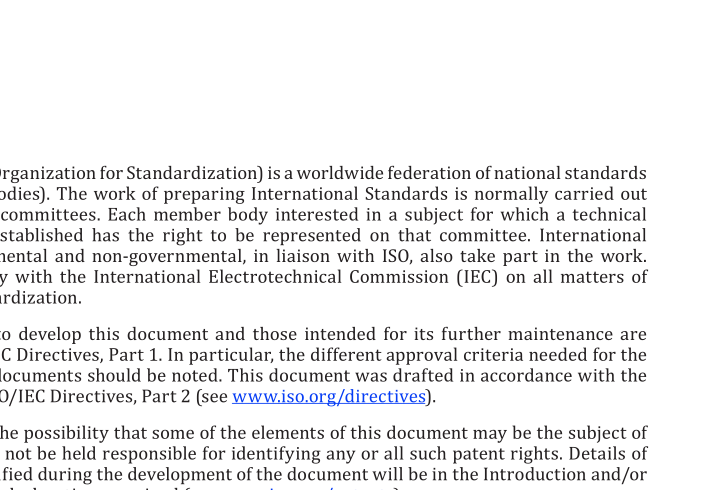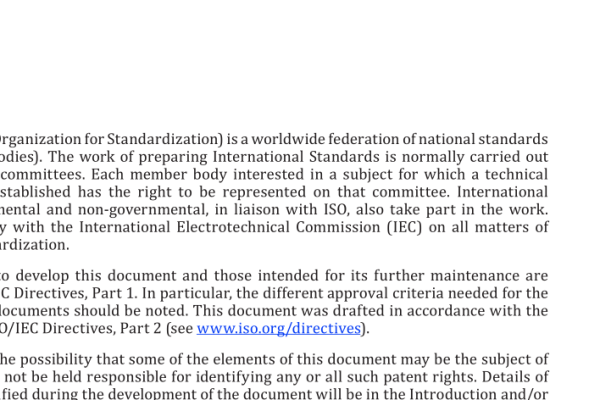ISO 20501:2019 pdf download – Fine ceramics (advanced ceramics, advanced technical ceramics) — Weibull statistics for strength data.
5.2 This document provides two approaches, method A and method B, which are appropriate for different purposes. Method A provides a simple analysis for circumstances in which the nature of strength-defining flaws is either known or assumed to be from a single population. Fractography to identify and group test items with given flaw types is thus not required. This method is suitable for use for simple material screening. Method B provides an analysis for the general case in which competing flaw populations exist. This method is appropriate for final component design and analysis. The method requires that fractography be undertaken to identify the nature of strength-limiting flaws and assign failure data to given flaw population types. 5.3 In method A, a strength data set can be analysed and values of the Weibull modulus and characteristic strength ( , ) m σ q are produced, together with confidence bounds on these parameters. If necessary, the estimate of the mean strength can be computed. Finally, a graphical representation of the failure data along with a test report can be prepared. It should be noted that the confidence bounds are frequently widely spaced, which indicates that the results of the analysis should not be used to extrapolate far beyond the existing bounds of probability of failure. A necessary assumption for a valid extrapolation (with respect to the tested effective volume V eff and/or small probabilities of failure) is that the flaw populations in all considered strength test pieces are of the same type. 5.4 In method B, begin by performing a fractographic examination of each failed specimen in order to characterize fracture origins. Screen the data associated with each flaw distribution for outliers. If all failures originate from a single flaw distribution compute an unbiased estimate of the Weibull modulus, and compute confidence bounds for both the estimated Weibull modulus and the estimated Weibull characteristic strength. If the failures originate from more than one flaw type, separate the data sets associated with each flaw type, and subject these individually to the censored analysis. Finally, prepare a graphical representation of the failure data along with a test report. When using the results of the analysis for design purposes it should be noted that there is an implicit assumption that the flaw populations in the strength test pieces and the components are of the same types. 6 Method A: maximum likelihood parameter estimators for single flaw? populations 6.1 General This document outlines the application of parameter estimation methods based on the maximum likelihood technique (see also References [13], [14], [20] and [21]). This technique has certain advantages. The parameter estimates obtained using the maximum likelihood technique are unique (for a two-parameter Weibull distribution), and as the size of the sample increases, the estimates statistically approach the true values of the population more efficiently than other parameter estimation techniques.
ISO 20501:2019 pdf download – Fine ceramics (advanced ceramics, advanced technical ceramics) — Weibull statistics for strength data






